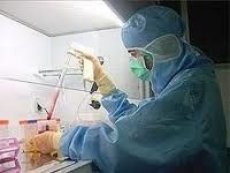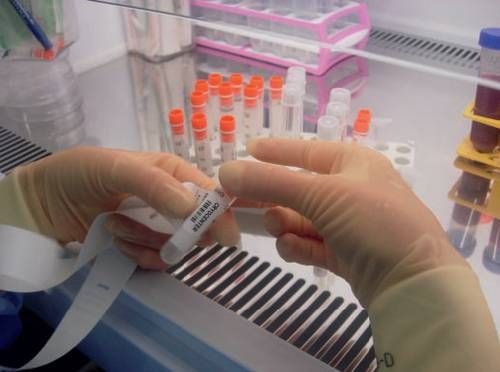Japan intends to create a stem cell bank
Last reviewed: 16.10.2021

All iLive content is medically reviewed or fact checked to ensure as much factual accuracy as possible.
We have strict sourcing guidelines and only link to reputable media sites, academic research institutions and, whenever possible, medically peer reviewed studies. Note that the numbers in parentheses ([1], [2], etc.) are clickable links to these studies.
If you feel that any of our content is inaccurate, out-of-date, or otherwise questionable, please select it and press Ctrl + Enter.

The progress of stem cell therapy is dismally not in a hurry, because in addition to purely scientific problems, studies are hampered by so-called ethical, as well as legal barriers, because of which investors are slow to spread money for a barrel.

A pioneer in the study of stem cells, Shinya Yamanaka of Kyoto University (Japan), intends to push the development of the industry by creating a stem cell bank for therapeutic use. The bank will store dozens of lines of induced pluripotent stem cells, as a result, Japan will be the first to become a forerunner of biomedical research.
The long-standing dream of Mr. Yamanaki, the iPS Cell Stock project, received a new impetus in July, when the local Ministry of Health allowed the creation of cell lines from samples of embryonic cord blood stored abundantly throughout the country.
Mr. Yamanaka was the first in 2006 to show that mature skin cells of mice can be turned back into stem, that is, capable of forming all body tissues. In 2007, he repeated the experiment on human cells, and thus arose the hope that it would be possible to circumvent the "ethical issues" associated with embryonic stem cells. In addition, IPS-cells can be obtained from the cells of the patient, which will avoid their rejection by the immune system.
Since then, eight long-term projects have been established in Japan to ensure that treatment with IPS cells goes beyond the laboratories and reaches ordinary hospitals. One of them, headed by Mr. Yamanaka, is trying to find a panacea for Parkinson's disease for $ 2.5 million a year. According to the scientist, before the clinical tests for at least three more years. But already in 2013, experiments are planned to restore the retina with the help of IPS cells in the Center for Developmental Biology RIKEN.
This project does not need cells from the bank of Mr. Yamanaki. But as soon as these or some other tests are successful, the demand for cells will increase dramatically, and obtaining IPS cells and their verification for compatibility with the patient's body can take six months (for each cell line) and cost tens of thousands of dollars.
Therefore, Shinya Yamanaka plans by 2020 to create a permanent stock of 75 cell lines that are suitable for 80% of the population of Japan. To do this, you need to find donors with two identical copies of each of the three key genes that encode proteins related to the immune system and located on the surface of cells, that is, human leukocyte antigens (HLA). The scientist believes that he will have to comb the samples of at least 64 thousand people.
Using the collection of eight Japanese cord blood banks will greatly simplify the task. The banks contain about 29 thousand samples indicating the characteristics of their HLA, and Mr. Yamanaka is already negotiating. It remains unresolved the question of whether banks should ask for the consent of donors, most of whom donated blood for the treatment and study of leukemia.
On the second floor of the IPS-cells study center at Kyoto University, Mr. Yamanaka has already installed the appropriate equipment and is now waiting for the management's approval. The first portion of specimens, suitable for 8% of the population of Japan, may arrive in March.
The project has great chances of success also because the genetic diversity in Japan is relatively small, whereas in other countries such banks should be bigger and more expensive. Therefore, there such collections are created primarily for study, not for treatment. For example, the California Institute of Regenerative Medicine (USA) has planned a bank of approximately 3,000 cell lines that will be available only for research.
